25 Authentic Italian Game Dishes to Make at Home
Game meats have long been a cherished cornerstone of traditional Italian culinary heritage, representing rustic flavors and regional authenticity.
Rural communities transformed wild animal proteins into remarkable gastronomic experiences through generations of skillful preparation.
Hunters and local chefs developed sophisticated techniques for transforming challenging ingredients into delectable meals that showcase incredible depth and complexity.
Wild game represents more than mere sustenance; it embodies cultural connection and seasonal rhythms across diverse Italian landscapes.
Sophisticated cooking methods transform robust proteins into tender, aromatic dishes that respect ancestral cooking traditions.
Regional variations highlight unique approaches to preparing game, reflecting local ingredients and generational knowledge passed through family recipes.
Each preparation tells a story of landscape, climate, and culinary ingenuity.
These 25 authentic Italian game dishes will transport you through Italy's most delicious wilderness traditions:
Italian Game Dishes Straight from the Wild
Forests and hillsides in Italy inspire rustic dishes made from wild game. Family feasts and seasonal celebrations often revolve around these robust, flavorful specialties.
Pappardelle Al Cinghiale
Wide ribbons of egg pasta pappardelle transform wild boar into a legendary Tuscan culinary masterpiece that bursts with robust flavor and rustic charm.
Slow-simmered wild boar ragu develops an intense richness through patient cooking in red wine and tomatoes, creating a deeply savory sauce that clings perfectly to wide pasta noodles.
Fresh egg pasta provides a delicate yet sturdy base for the hearty meat sauce, allowing each forkful to capture complex flavor nuances.
Generous sprinkles of chopped parsley add bright freshness against the meat's deep tones.
Parmigiano cheese scattered on top provides a salty, umami counterpoint that elevates the entire dish.
Wine pairing typically involves robust Tuscan reds that complement the wild boar's strong character.
Rustic Italian countryside origins shine through in every carefully crafted bite of this warming winter classic.
Pappardelle Alla Lepre
Pappardelle alla lepre weaves a rich Tuscan culinary narrative through wide pasta ribbons braided with succulent hare meat.
Medieval Italian writer Boccaccio famously praised this rustic delicacy that transforms wild game into an exquisite sauce.
Hunters traditionally marinated hare meat in wine and vinegar to soften its intense flavor and eliminate gamey notes.
Slow simmering transforms the meat with chopped vegetables, aromatic herbs, and red wine into a deeply complex ragù.
Ancient preparation methods involved using more meat than pasta, reflecting rural hunting traditions.
Carrots, celery, onions, and bay leaves contribute layers of earthy depth to the sauce.
Careful cooking ensures tender meat and a rich, harmonious flavor profile.
Generations of Tuscan families have cherished this hearty pasta dish as a celebration of seasonal ingredients and regional culinary heritage.
Salmi Di Cervo
Mountain hunters in Northern Italy perfected salmi di cervo as a robust venison stew showcasing game meat's rich complexity through slow-cooking techniques.
Valtellina valley's traditional recipe marinates tender deer meat in red wine with aromatic herbs like rosemary, thyme, and juniper berries.
Pancetta adds deep salty undertones while sautéed vegetables provide earthy depth to the intense protein.
Carefully browned meat transforms in a single pan with butter and olive oil, creating complex flavor layers.
Spices including nutmeg, cloves, and peppercorns enhance the wild game's natural intensity.
Occasional variations might incorporate mushrooms or tomatoes for additional complexity.
Some regional adaptations include subtle hints of pig blood for extra richness.
Expert preparation ensures each bite reflects the rugged Alpine landscape's culinary heritage.
Cinghiale In Umido
Wild boar stew bursts from Tuscany's rustic kitchens with intense game meat slowly simmered in robust red wine and aromatic herbs.
Hunters traditionally prepare this hearty dish during autumn and winter hunting seasons when wild boars roam mountain forests.
Regional Italian cooks select tender meat cuts and break them into chunks for maximum flavor absorption.
Vinegar and juniper berries add complex tangy undertones that complement the rich meat's natural intensity.
Carrots, celery, onions, and garlic create a savory base that transforms the stew's depth and character.
Tomato sauce and red chili flakes contribute additional warmth and complexity to the dish.
Bay leaves infuse subtle earthy notes throughout the simmering process.
Served alongside white beans, roasted potatoes, and crusty Tuscan bread, cinghiale in umido represents mountain cuisine's soul-satisfying traditions.
Coniglio Alla Ligure
Coniglio alla ligure transforms tender rabbit into a succulent masterpiece through Ligurian culinary magic, blending robust Mediterranean flavors with rustic Italian techniques.
Rabbit meat absorbs rich olive and pine nut nuances, creating an intensely aromatic profile distinctive to northwestern Italian cuisine.
Slow braising allows ingredients to meld seamlessly, developing complex layers of savory depth.
Regional olives contribute subtle sweetness balanced against earthy pine nuts' gentle crunch.
Aromatic herbs like rosemary and thyme enhance the protein's natural delicacy.
Potatoes frequently accompany this classic second course, providing hearty complementary textures.
Mountain communities near Genoa have perfected this recipe over generations, celebrating Liguria's exceptional gastronomic heritage.
Capriolo Alla Valdostana
Capriolo alla valdostana emerges as a luxurious Alpine stew that transforms gamey venison into a mouthwatering winter feast through intricate marination and slow cooking.
Hunters in Aosta Valley traditionally preserved this dish for special celebrations when wild deer meat was carefully selected and prepared.
Vinegar and robust red wine tenderize the meat during a 12-hour soak, breaking down tough muscle fibers and infusing complex flavors.
Lard and aromatic spices like garlic, cloves, and cinnamon create a rich, warming base that elevates the venison's natural intensity.
Grappa adds depth and regional character to the stew's complex profile.
Generations of mountain families perfected this technique to maximize limited winter ingredients.
Modern Italian kitchens continue the tradition by serving the stew with creamy polenta or egg pasta.
Regional pride shines through every spoonful of this time-honored mountain dish.
Coniglio Alla Cacciatora
Hunter-style rabbit emerges as a rustic Italian masterpiece, celebrating wild game traditions through a slow-cooked symphony of tender rabbit pieces braised in rich tomato sauce.
Vinegar-marinated meat transforms into a mouthwatering delicacy that captures generations of countryside cooking techniques.
Regional Italian kitchens across Tuscany and Umbria cherish this classic preparation method passed down through family recipes.
Wine-infused sauce creates deep, complex flavors that intensify as the rabbit simmers gently.
Small bone-in meat chunks absorb aromatic herbs like rosemary and thyme during cooking.
Mediterranean ingredients including onions, garlic, and ripe tomatoes contribute robust layers of taste.
Red wine provides additional depth and helps tenderize the meat throughout the slow cooking process.
Hunters traditionally prepared this dish after successful game expeditions, reflecting resourceful rural culinary practices.
Coniglio Allischitana
Wild rabbits from Ischia's rugged landscape transform into a mouthwatering Mediterranean delicacy that captures the island's rustic culinary spirit.
Hunters traditionally capture these rabbits and prepare them in a rich sauce blending white wine, ripe tomatoes, and aromatic herbs like rosemary and oregano.
Slow-cooked in terracotta casseroles, the meat becomes incredibly tender and infused with complex flavors.
Garlic, chili pepper, and onions add depth to the dish's robust profile.
Cooks often incorporate the rabbit's liver with red wine vinegar during cooking for extra richness.
Locals typically serve the dish warm alongside pasta.
Coniglio In Agrodolce
Sicilian coniglio in agrodolce captures culinary magic through its tangy sweet-sour rabbit preparation that masterfully balances complex flavor profiles.
Pine nuts and raisins dance within a rich sauce created from wine, vinegar, and sometimes bitter chocolate.
Sicilian home kitchens have perfected this traditional dish for generations, transforming humble rabbit meat into a gourmet experience.
Carrots, celery, and onions provide depth and texture to the succulent protein.
Sugar creates a caramelized undertone that elevates the entire dish's complexity.
Slow cooking ensures the rabbit becomes tender and absorbs the multifaceted sauce.
Mediterranean ingredients meld together, creating a sensory journey through Sicily's gastronomic heritage.
Cinghiale In Dolceforte
Wild boar stew cinghiale in dolceforte delivers a spectacular Tuscan culinary experience blending sweet and savory flavors through a centuries-old recipe perfected in medieval kitchens.
Hunters would marinate tough wild boar meat in red wine with aromatic vegetables like carrots, onions, and celery to tenderize the robust protein.
Skilled cooks create a complex dolceforte sauce featuring unexpected ingredients such as pine nuts, raisins, and dark chocolate that transform the meat into a rich, nuanced dish.
Chocolate adds depth and complexity to the sauce, creating an intriguing balance between sweetness and savoriness.
Slow-cooking techniques ensure the meat becomes tender and absorbs the multilayered sauce's intense flavors.
Medieval Tuscan traditions inspired this unique preparation method that elevates wild game into an extraordinary meal.
Barolo wine perfectly complements the stew's complex profile.
Antipasto Di Coniglio
Rabbit antipasto from Piemonte, Italy, transforms humble ingredients into a mouthwatering delicacy that celebrates rustic regional cooking.
Slow-braised rabbit meat bathes in a fragrant broth infused with aromatic herbs like rosemary, juniper berries, and bay leaves.
Tender pieces get carefully layered with garlic, creating complex flavor profiles that highlight the meat's delicate texture.
Carrots, celery, and onions contribute subtle sweetness and depth to the dish.
Peppercorns and salt enhance the rabbit's natural richness, providing balanced seasoning.
Each ingredient is meticulously selected to create a harmonious blend of textures and tastes.
Cooling the meat in its own broth ensures maximum moisture and tenderness.
Served as a classic appetizer, this antipasto invites you to experience Piemonte's culinary heritage in every savory bite.
Sopa Coada
Originating in Treviso, Italy, this rustic pigeon lasagne-like specialty transforms humble ingredients into a rich culinary masterpiece layered with tender meat, crusty bread, and aromatic herbs.
Regional cooks carefully arrange succulent pigeon meat between bread slices, creating a hearty base infused with rosemary and sage.
Olive oil and red wine add depth to the broth-soaked layers, while onions, celery, and carrots provide subtle vegetable undertones.
Garlic intensifies the savory profile, complementing the delicate pigeon meat.
Grated parmesan cheese melts luxuriously across the top, creating a golden crust.
Slowly baked in traditional earthenware pots, the dish develops complex flavors that meld perfectly.
Served swimming in its own fragrant broth, this Italian delicacy offers a deeply satisfying and authentic taste of regional cuisine.
Coniglio All’Arneis
Rabbit meat transforms into a succulent masterpiece when slow-cooked in Roero Arneis wine, creating Coniglio all'Arneis.
Piedmont's signature dish blends tender rabbit with aromatic herbs like rosemary and sage.
Beef stock adds rich depth to the stew's complex flavor profile.
Onions, garlic, and carrots provide a robust vegetable foundation.
Olive oil helps marry the ingredients during gentle simmering.
Wine from Roero region infuses the meat with elegant, subtle notes.
Salt and bay leaves enhance the overall seasoning.
Italians traditionally serve this rustic main course with mashed potatoes or roasted vegetables.
Grilled Rabbit (Coniglio Alla Griglia)
Grilled rabbit from Italy bursts with rustic Mediterranean flavors, transforming tender meat into a succulent masterpiece that delights hunters and countryside diners.
Rabbits marinate in red wine, rosemary, garlic, and juniper berries to enhance their natural richness.
Chefs carefully cut meat into perfectly sized pieces before grilling over open flames.
Olive oil helps seal in moisture while creating a crispy exterior.
Regional Italian techniques ensure each bite remains juicy and fragrant.
Salt and black pepper provide simple yet powerful seasoning.
Onions and bay leaves contribute subtle aromatic undertones.
Mediterranean ingredients elevate this traditional dish from basic protein to a sophisticated culinary experience.
Fagiano Alla Ghiotta
Fagiano alla ghiotta bursts with rustic Umbrian flavors, transforming humble pheasant into a succulent masterpiece of Italian countryside cooking.
Wild game hunters prize this traditional recipe for its rich, complex taste profile combining tender meat with aromatic herbs and briny elements.
Hunters carefully brown seasoned pheasant in olive oil, creating a golden exterior that seals in moisture and develops deep flavor notes.
Shallots, celery, sage, and capers sizzle in the same pan, releasing their earthy essence and building a robust sauce foundation.
Generous splashes of white wine deglaze the pan, lifting savory browned bits and intensifying the dish's depth.
Simmering gently transforms the pheasant into meltingly tender meat infused with herbal and wine undertones.
Salt and pepper subtly enhance each ingredient's natural character without overwhelming the delicate game flavor.
Gnocchi Di Pasta Lievitata Con Ragu Di Coniglio
Gnocchi di pasta lievitata con ragu di coniglio transforms traditional Italian comfort food with its unique leavened dough and succulent rabbit stew.
Originating in Friuli's rustic countryside, this dish showcases generations of culinary craftsmanship from Lokanda Devetak restaurant.
Soft, pillowy gnocchi blend perfectly with the rich rabbit sauce, creating a harmonious flavor profile.
Carefully prepared ingredients like flour, yeast, olive oil, and aromatic herbs elevate the recipe's complexity.
Rabbit meat simmers slowly with onions, carrots, and white wine, developing deep, earthy undertones.
Rosemary, mint, and sage infuse the stew with Mediterranean warmth.
San Michele del Carso's family tradition shines through each carefully crafted bite.
Regional techniques and quality ingredients make this dish a true celebration of Italian gastronomy.
Quaglie Alla Scaligera
Quaglie alla scaligera emerges as a quintessential Venetian delicacy featuring succulent quails meticulously prepared with regional flair.
Hunters and home cooks carefully butterfly the birds before gently browning them in a fragrant blend of olive oil and butter.
White wine infuses deep complexity into the meat during slow cooking.
Lard adds rich undertones that complement the quails' natural flavors.
Bay leaves contribute subtle aromatic notes throughout the preparation.
Salt and black pepper provide essential seasoning that enhances the dish's rustic character.
Each carefully crafted bite tells a story of regional cooking techniques passed through generations.
Quails With Peas (Quaglie Con Piselli)
Quaglie con piselli bursts with rustic Italian charm, blending delicate quails and sweet peas in a savory Marche regional specialty.
Hunters and home cooks have perfected this traditional dish by carefully browning quails in minced prosciutto fat and splashing white wine for depth.
Tomato puree transforms the pan into a rich, aromatic base where quails simmer gently with salt and pepper.
Peas cooked in butter and remaining prosciutto fat add a vibrant green contrast to the meat's golden-brown surface.
Marche's countryside inspires this simple yet elegant recipe that celebrates seasonal ingredients.
Mediterranean flavors merge seamlessly in this comforting one-pan meal.
Wine and prosciutto elevate the quails to a sublime gastronomic experience.
Lepre Alla Trentina
Lepre alla trentina transforms humble hare meat into a luxurious Trentino masterpiece through a complex wine-based braise that melts in your mouth.
Carefully selected ingredients like red wine, pine nuts, raisins, and warming spices create deep, rich flavors unique to Northern Italian cuisine.
Hunters and home cooks marinate hare giblets in a fragrant mixture of wine, nuts, cinnamon, and lemon zest before browning meat with onions in lard and oil.
Flour thickens the sauce, which simmers gently for two hours until the meat becomes incredibly tender.
Each ingredient contributes subtle complexity to this traditional winter dish.
Regional techniques elevate simple game meat into an extraordinary culinary experience.
Trentino's mountain culture shines through this rustic, flavorful preparation.
Generations have perfected this recipe, celebrating the region's wild game and seasonal ingredients.
Lepre Alla Teramana
Lepre alla teramana emerges as a rustic Abruzzo masterpiece celebrating wild hare's rich flavors through meticulous slow-cooking techniques.
Regional hunters traditionally transform game meat into a complex sauce blending savory ingredients like anchovies, capers, and pickles.
Sautéing hare pieces with garlic and rosemary creates a golden foundation for this hearty dish.
Chicken stock bathes the meat, allowing gentle simmering that tenderizes each morsel.
Anchovies contribute unexpected umami undertones that distinguish this preparation from standard meat recipes.
Mediterranean ingredients weave through the preparation, reflecting Teramo's culinary heritage.
Low-heat cooking ensures the hare becomes meltingly tender, absorbing every nuanced flavor.
Coniglio Con Peperoni E Olive
Coniglio con peperoni e olive explodes with rustic Puglian flavors, combining tender rabbit meat simmered in a robust sauce of sweet bell peppers and briny black olives.
Southern Italian kitchens embrace this classic one-pot meal that transforms simple ingredients into a mouthwatering experience.
Finely sliced onions create a fragrant base, quickly sautéed in olive oil before welcoming rabbit pieces to brown and develop deep caramelized edges.
White wine deglazes the pan, releasing complex flavor layers while bell peppers soften alongside the meat.
Pitted olives introduce a salty punch, complementing the lean rabbit protein perfectly.
Slow simmering melds each ingredient's essence, creating a harmonious Mediterranean masterpiece.
Generations of Puglian families have savored this comforting dish that speaks directly to regional culinary traditions.
Served hot and steaming, this rustic recipe embodies the soul of Southern Italian home cooking.
Faraona Al Barolo
Succulent guinea fowl braised in prestigious Barolo wine transforms this rustic Piedmontese delicacy into a luxurious culinary experience that celebrates northern Italian gastronomy.
Mountain hunters traditionally prepared this rich game dish using ingredients directly sourced from regional landscapes.
Porcini mushrooms and luganega sausage enhance the meat's complex flavor profile with earthy undertones.
Pork fat and butter create a silky base for browning the perfectly jointed guinea fowl.
Generous splashes of Barolo wine tenderize the meat while developing an intensely aromatic sauce.
Shallots and nutmeg contribute subtle depth and warmth to each carefully crafted bite.
Salt and pepper balance the dish's robust character.
Slow simmering ensures the meat remains juicy and infused with wine's sophisticated essence.
Faraona Al Mascarpone
Faraona al Mascarpone transforms guinea fowl into a luxurious southern Lombardy delicacy by stuffing the bird with creamy Mascarpone cheese.
Southern Italian kitchens carefully season the fowl with salt and pepper before nestling the rich cheese inside its cavity.
Skilled cooks sauté carrots, shallots, and celery in olive oil and butter, creating a fragrant base for the dish.
Gently placing the prepared guinea fowl atop the vegetables, they splash white wine into the pot for depth of flavor.
Slow simmering allows the Mascarpone to melt and infuse the meat with incredible richness.
Each ingredient contributes to a harmonious blend of textures and tastes unique to this regional specialty.
Mediterranean cooking traditions shine through in this elegant preparation method.
Wine and herbs elevate the guinea fowl to a sophisticated culinary experience that celebrates Italian gastronomic heritage.
Fagiano Alla Milanese
Milanese pheasant showcases northern Italy's rich culinary heritage through a complex French-inspired game meat preparation that transforms humble ingredients into an extraordinary dining experience.
Hunters traditionally prized this sophisticated dish for its intricate flavor profile combining wild game with aromatic spices.
Tender pheasant slowly braises in a luxurious sauce crafted from white wine and rich stock.
Pancetta adds subtle smokiness while ground pork enhances the meat's depth.
Shallots studded with cloves contribute nuanced warmth to the dish.
Cinnamon and nutmeg create a gentle, warming undertone.
Butter helps brown the meat perfectly, sealing in succulent juices.
Heavy cream provides a silky finish that elevates every delicious bite.
Lepre In Salmi
Lepre in salmi transforms humble hare into a rustic Italian mountain delicacy that celebrates game meat's deep, complex flavors through meticulous preparation.
Mountain regions like Piedmont and Trentino have perfected this traditional winter stew by marinating wild hare in red wine, herbs, and aromatic spices like juniper and nutmeg.
Skilled hunters would carefully break down the entire animal, ensuring no part went to waste by incorporating the liver into the rich sauce.
Slow simmering allows tough meat to become incredibly tender while developing intense, layered flavors from pancetta, vegetables, and wine.
Generations of Italian families have cherished this dish as a testament to their connection with seasonal hunting traditions.
Butter and flour create a luxurious sauce that binds the ingredients together, transforming a simple game stew into a deeply satisfying meal.
When Is Game Meat Season in Italy and What Are Popular Dishes?
Game meat holds a special place in Italian cuisine, enjoyed during specific seasons with traditional dishes highlighting local flavors. Here’s what you need to know:
Seasonal Timing
Game meat season in Italy typically runs from autumn through early winter (September to December), aligning with hunting regulations and traditions.
Popular Game Meats
Venison, wild boar, rabbit, and pheasant are commonly featured in regional dishes.
Classic Italian Game Dishes
Regional Variations
Tuscany, Piedmont, and Trentino-Alto Adige have rich hunting traditions influencing their game recipes.
Pairing Suggestions
Full-bodied red wines like Barolo or Chianti complement the robust flavors of game meat.

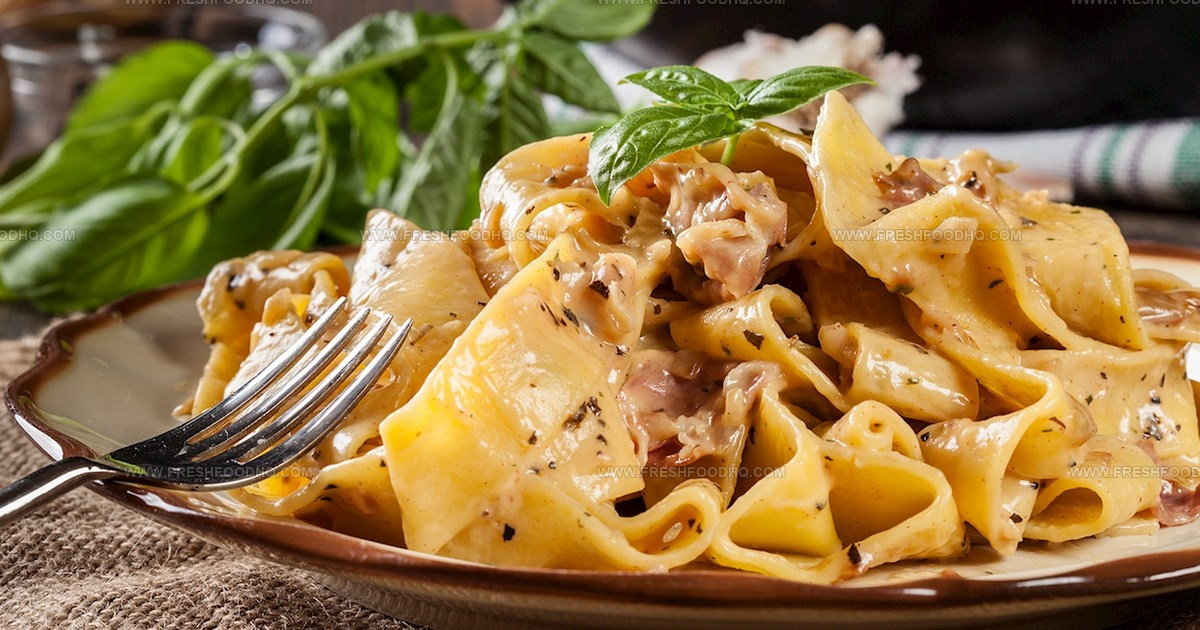
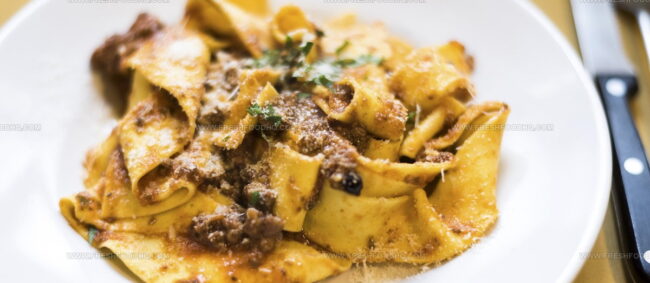
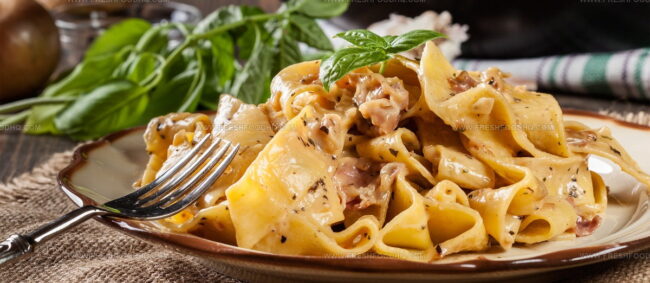
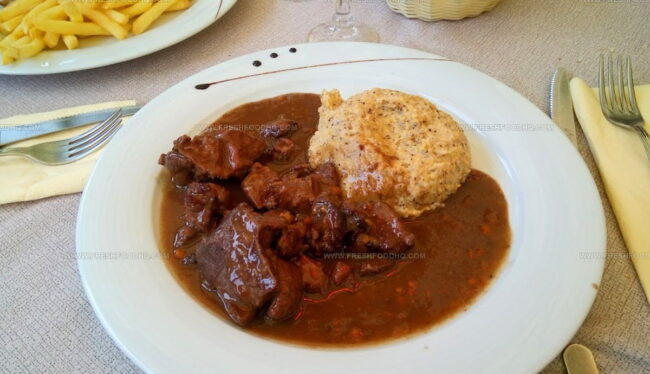
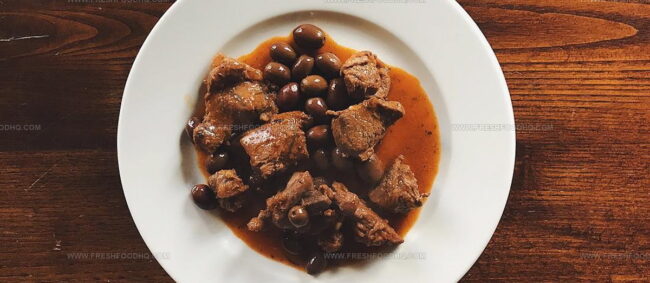
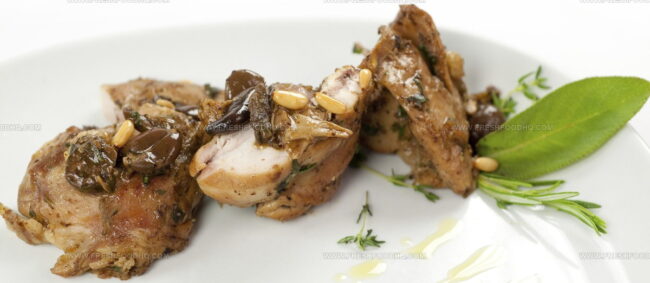
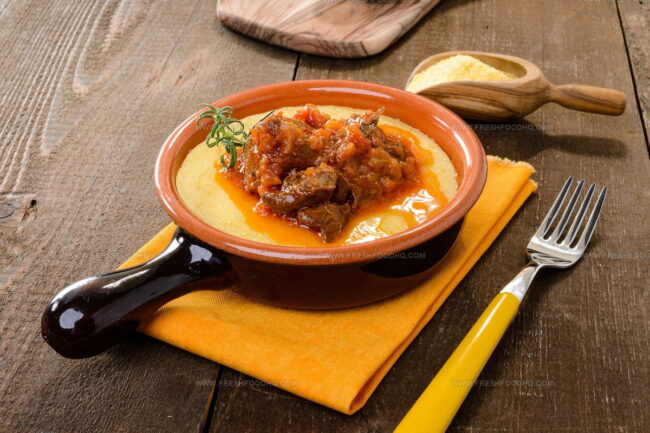
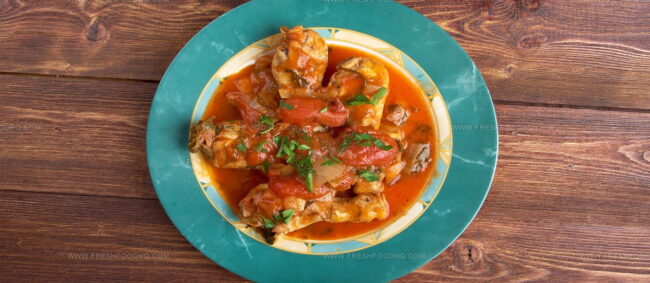
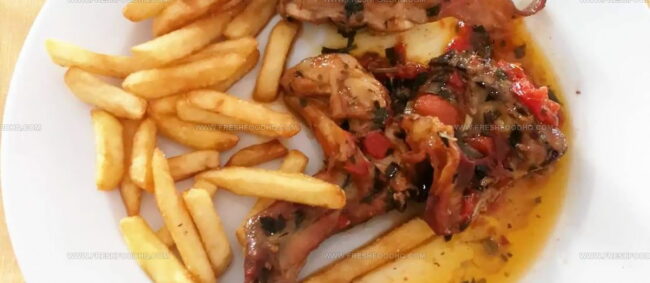
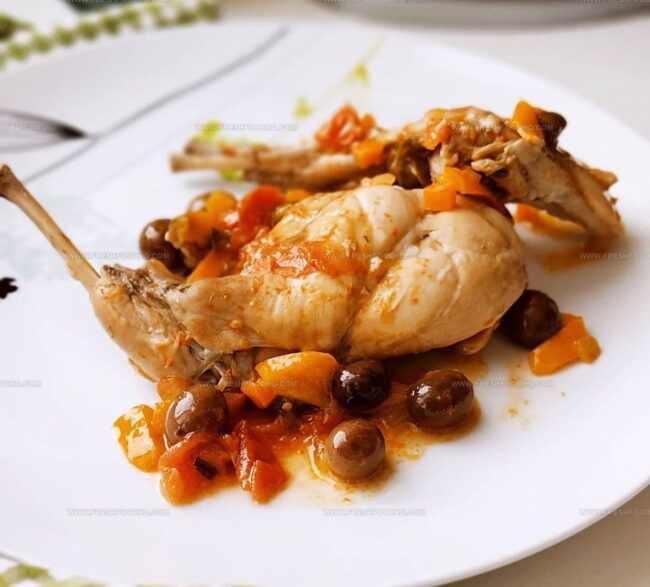
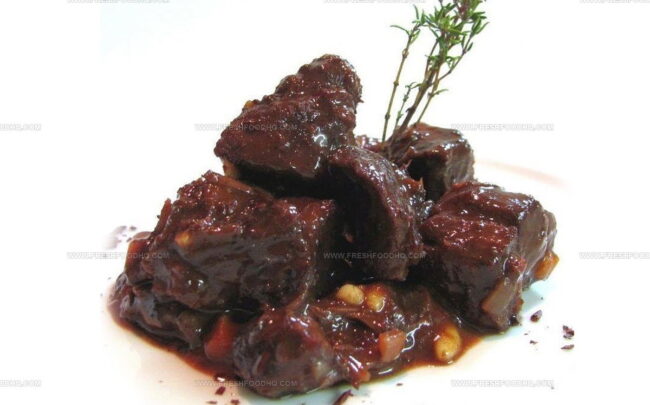
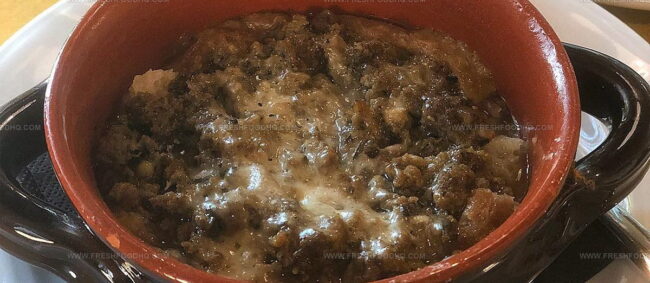
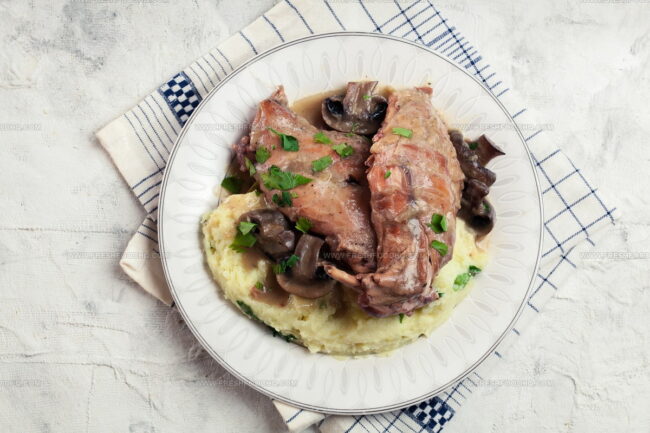
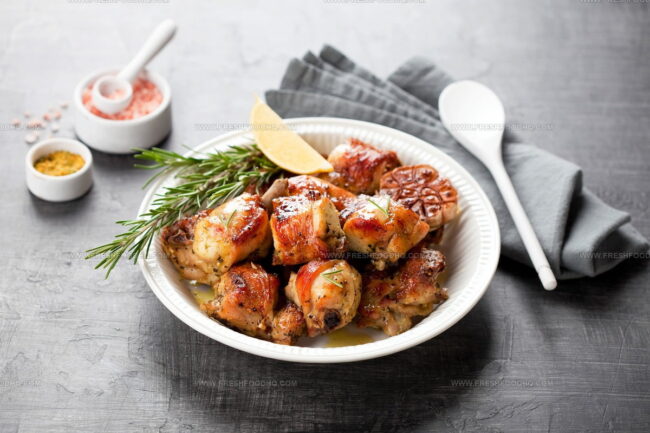
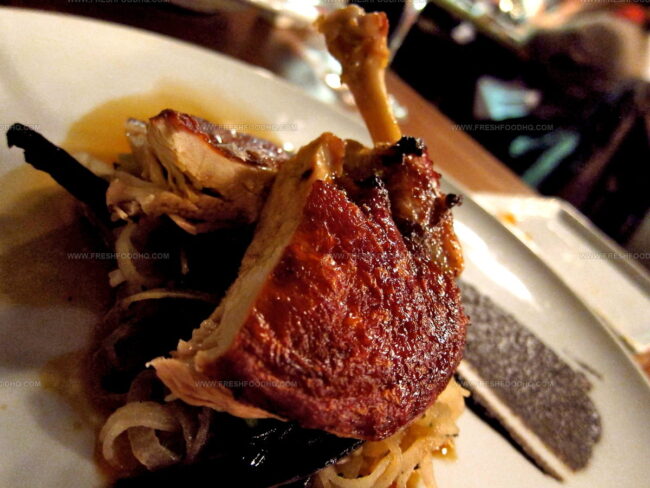
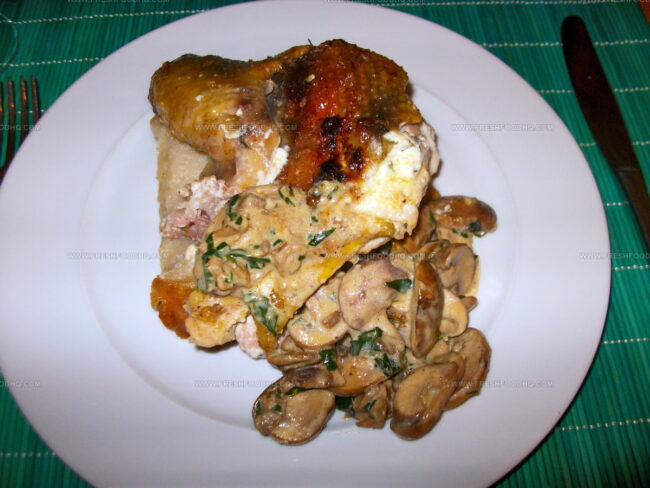
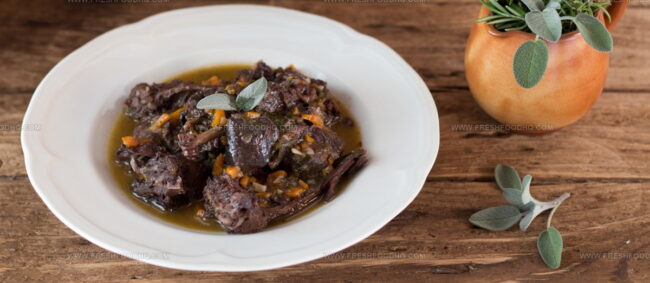
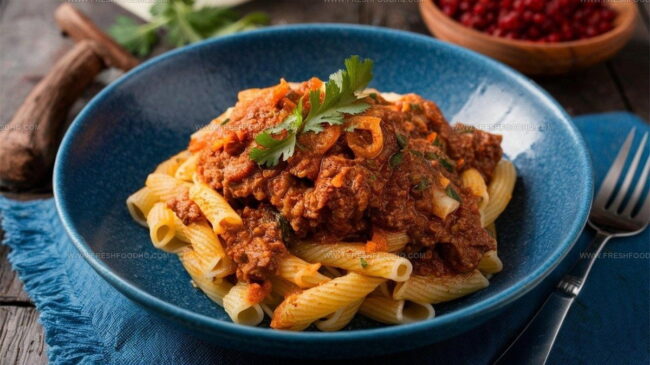
Ethan Caldwell
Founder & Culinary Innovator
Expertise
Farm-to-table cooking, Seasonal recipe creation, Culinary storytelling, Food photography and styling
Education
The Chef’s Academy (Indianapolis, IN)
Ethan didn’t just fall in love with food, he grew into it, surrounded by fields, farmers’ markets, and family meals that told a story.
After sharpening his skills at The Chef’s Academy, he took his passion straight into the farm-to-table movement, working side-by-side with local growers and seasonal flavors.
He believes every recipe should feel like a walk through a summer market: colorful, fresh, and full of possibility.
Outside the kitchen, Ethan’s idea of a perfect day is hiking mountain trails, digging into heirloom vegetables, and hosting casual dinners where seconds are always encouraged.